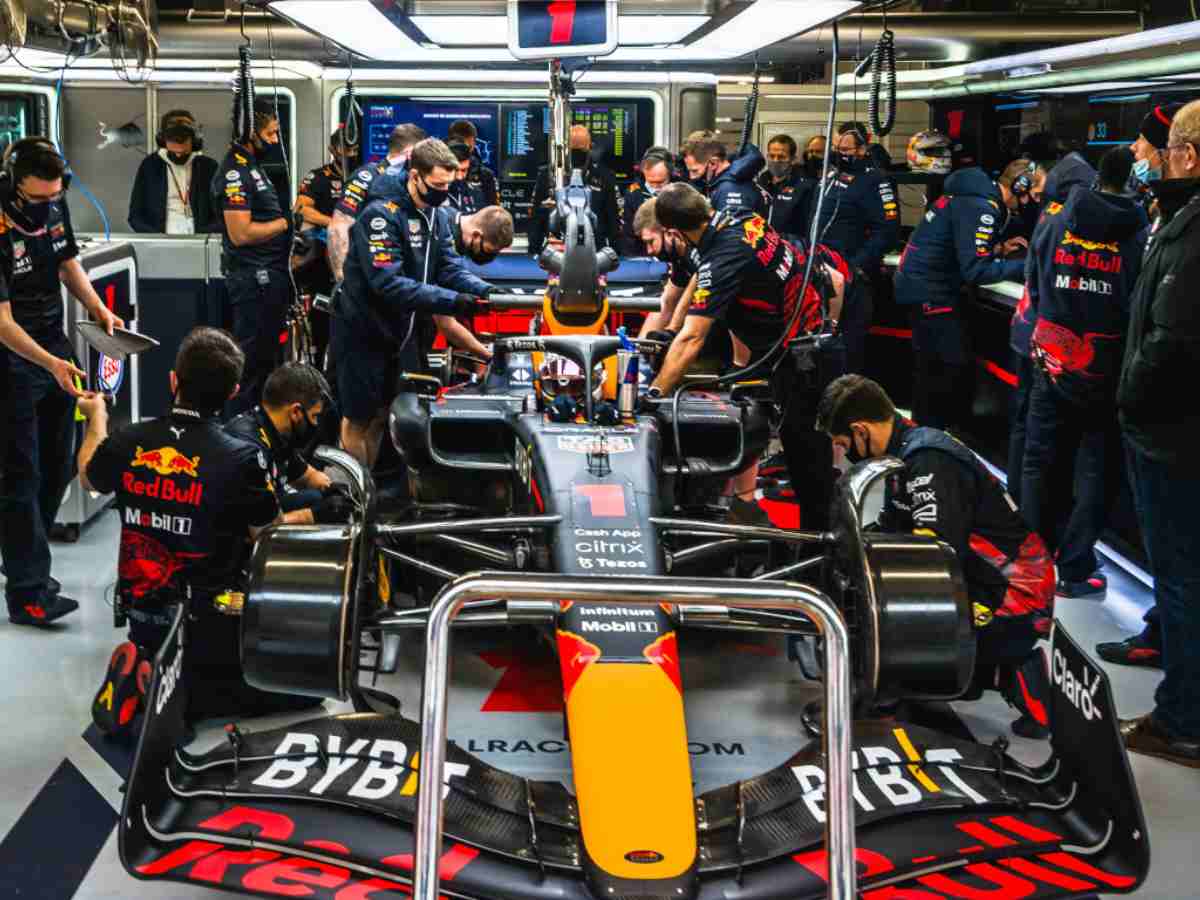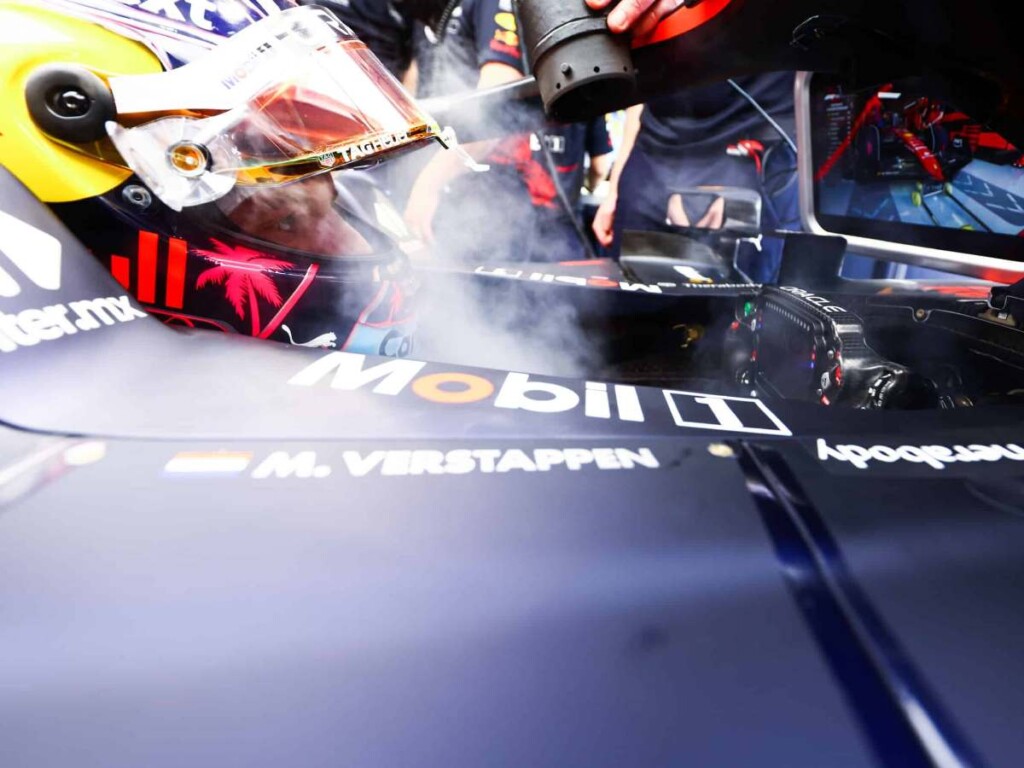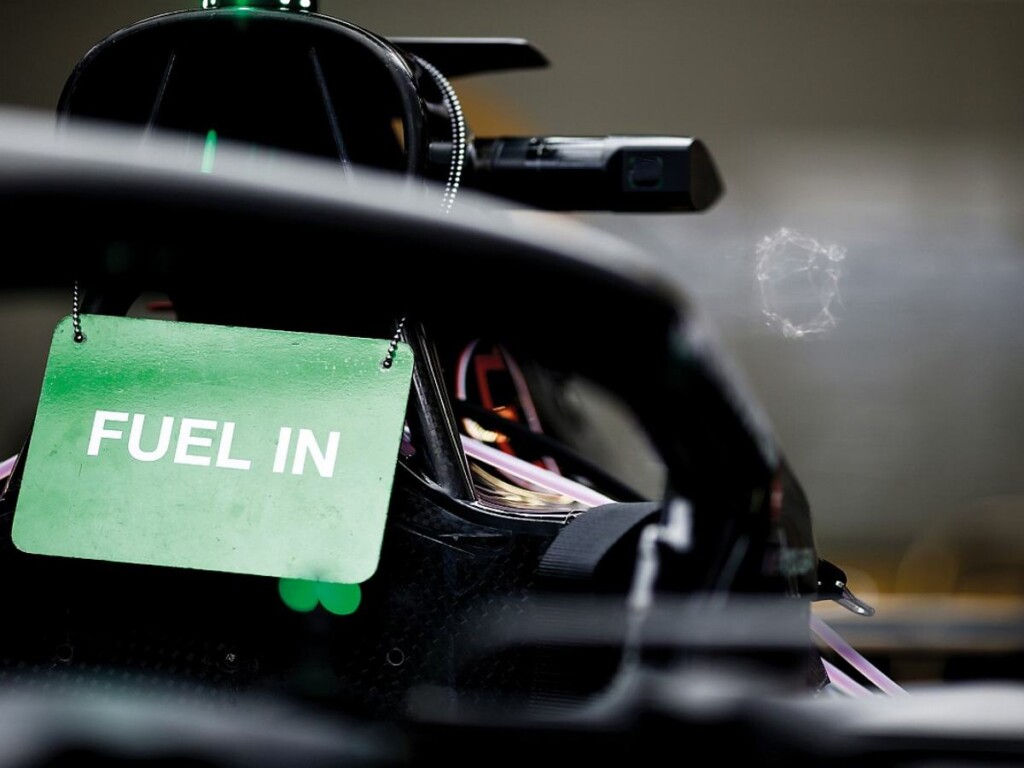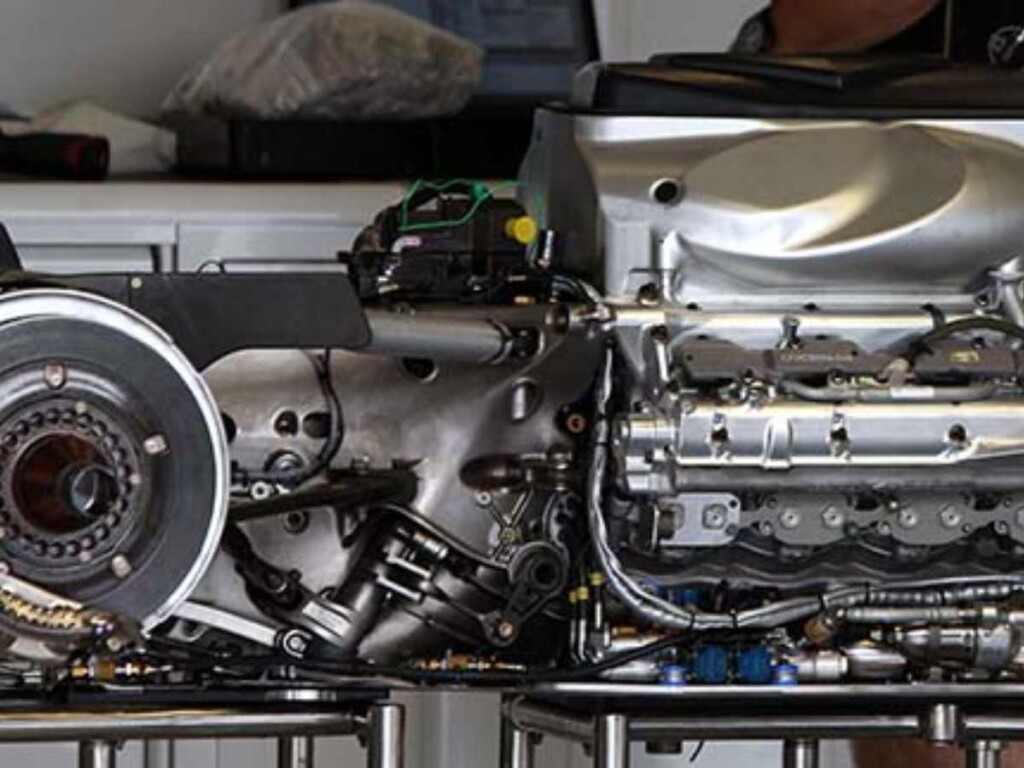What is fuel freezing in Formula 1?
What does it mean to cool the fuel of a formula one car? Explore all the aspects surrounding it.

Red Bull fueling their car (Credits: PlanetF1)
🔍 Explore this post with:
In the high-stakes world of Formula One racing, where every car component plays a crucial role in determining victory or defeat, the fuel system holds a special significance. It is responsible for powering the car and propelling it forward at breakneck speeds. Therefore, it is imperative to manage the fuel system with utmost precision, and one critical aspect of this management is the cooling or freezing of the fuel.
F1 cars use the new E10 sustainable fuel of 10% renewable ethanol and 90% gasoline. Cooling the fuel can be a game-changer for the car’s performance. The most significant advantage is that it increases the fuel’s density, which allows the engine to extract more energy from the same volume of fuel.
This can result in a boost in power output, leading to improved acceleration and overall performance. Additionally, a cooler fuel temperature can mitigate the risk of engine damage by preventing cavitation, which can cause significant harm to the engine and even lead to its failure. Let’s explore what fuel cooling entails in F1 and how it impacts the car’s performance.
Discover: 5 most memorable moments from Australian GP
What is the FIA regulation on fuel temperature?

Technical Regulation 6.4.2 of FIA, states that. “No fuel intended for immediate use in a car may be more than ten degrees centigrade below ambient temperature. When assessing compliance, the ambient temperature will be that recorded by the FIA appointed weather service provider one hour before any practice session or two hours before the race. This information will also be displayed on the timing monitors. The temperature of fuel intended for use in a car must be measured via an FIA approved and sealed sensor.” The ambient temperature is usually issued by the FIA to the teams a few hours before any session.”
A breach of this regulation will result in penalties, like the one imposed on the Aston Martin cars of both Sebastian Vettel and Lance Stroll, at last year’s Miami Grand Prix. The team had failed to achieve a temperature under 10 degrees and had to start the race from the pitlane.
To attain the desired fuel temperature, F1 teams employ various cooling techniques, such as dry ice, and liquid nitrogen or passing the fuel through a heat exchanger. The cooling system has to be meticulously designed to prevent any overcooling, which can cause the fuel to solidify and potentially damage the engine. Additionally, the cooling system has to be monitored closely to ensure that the fuel temperature does not surpass the maximum limit during the race.
Why do F1 teams cool their fuel?

In the past, F1 teams had to grapple with limited fuel capacity, as they were not allowed to refuel during the race. As a result, some teams discovered a clever trick to increase the amount of fuel that could be loaded into the fuel cell by supercooling or freezing it. But after refueling was introduced in 1994, these methods were stopped. Now, after the refueling ban, teams have gone back. The reason for this is that cooling the fuel reduces its volume, allowing more fuel to be loaded into the cell. However, modern Formula 1 cars have evolved significantly since then. They now carry much less fuel and have more efficient direct combustion chamber injection systems. Even a slight decrease in fuel temperature can lead to more energetic combustion, which can be dangerous.
Despite this, cooler fuel can still offer some performance benefits. It can absorb more heat from the inlet charge, increasing the air heading for the cylinder. This can lead to a more energetic burn, which translates to improved performance on the racetrack. Simply put, teams used to freeze their fuel to fit more of it into the limited fuel cell capacity. However, in modern times, this is no longer necessary and can even be hazardous. Nevertheless, cooler fuel has advantages and can help boost performance by generating a more energetic burn. The key is to strike a balance between fuel temperature and safety.
What happens if the fuel is too hot or too cold?

Maintaining the right fuel temperature is crucial in a Formula One car as it can significantly impact engine performance and longevity. If the fuel is too hot, it can lead to cavitation, engine damage, and decreased performance. This is what caught the two Red Bull cars at the season opener in Bahrain in 2022, and both the cars ended up not finishing the race. On the other hand, if the fuel is too cold, it can solidify and cause engine damage. The cooling system must be carefully managed to ensure that the fuel temperature remains within the permitted range and is not over-cooled or overheated.
How does an F1 fuel system work?

The fuel system in a Formula One car is similar to those found in road cars but with a few key differences. The system comprises a tank that stores the fuel and a high-pressure pump that feeds it to the engine’s injectors. However, to withstand extreme forces during a race, the system also includes surge collectors and low-pressure pumps that maintain a steady fuel flow. To prevent cavitation, the fuel tank needs to be pressurized. This is achieved by creating a high-pressure area on the car or using the airbox intake. A one-way valve is installed to prevent fuel spillage if the car flips over.
An efficient fuel system is critical to a car’s performance, and any issues can significantly impact the car’s speed, handling, and overall performance. It is essential to closely monitor the fuel system during a race to ensure that the fuel is at the correct temperature, flowing smoothly and that there are no leaks or other issues that could cause problems. With a well-designed fuel system and careful management, a Formula One car can achieve peak performance and stand out on the racetrack.
Cooling the fuel is an essential aspect of optimizing the performance of an F1 car. The FIA’s regulations for the 2022 season mandate strict fuel temperature requirements to prevent cavitation and ensure engine efficiency. Teams use various cooling methods to achieve the required fuel temperature but must be careful not to overcook or overheat the fuel. The importance of fuel cooling was highlighted in the incident at the 2022 season opener, where Red Bull Racing encountered fuel system issues due to fuel cavitation. By carefully managing the fuel temperature, teams optimize their race performance.
In case you missed it:
How many gears do Formula 1 cars have?
5 most memorable moments from Australian GP







